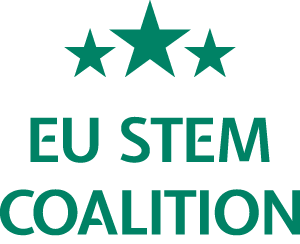European Commission includes EU STEM Coalition in 'Chips Act'
European Commission includes EU STEM Coalition in 'Chips Act'
Country:
EU
Publication date:
17 February 2022
Publication type:
News
Following the Digital Education Action Plan (DEAP) and Communication on Achieving the European Education Area by 2025, the European Commission included the EU STEM Coalition in its objectives related to STEM in 'A Chips Act for Europe': a key initiative aiming to strengthen the EU's competitiveness in the global microchips industry.
The EU STEM Coalition is referenced in the chapter related to 'Skills and Competences' with specific emphasis on female participation in this (STEM heavy) sector.
What is the 'Chips Act for Europe'?
On 15 September 2021, Commission President Ursula von der Leyen announced an EU Chips Act in her State of the Union speech, pointing out the needs to link together Europe’s world-class research capacities and to coordinate EU and national investment along the value chain.
The EU Chips Act proposes to build on Europe’s strengths and address outstanding weaknesses, to develop a thriving semiconductor ecosystem and resilient supply chain, while setting measures to prepare, anticipate and respond to future supply chain disruptions. As part of a total investment package of 43 billion euro the Chips Act aims to increase the EU's share in the global microchips industry from 9 to 20% by 2030.
In the short term, it will allow to understand and anticipate future chips crises, addressing them through close coordination with Member States and equipping the Union with the instruments that some like-minded countries have at their disposal.
In the short- to mid-term, it will strengthen manufacturing activities in the Union and support scale-up and innovation across the whole value chain addressing security of supply and a more resilient ecosystem. And, in the mid- to long-term, it will reinforce Europe’s technological leadership while preparing the required technological capabilities that would support transfer of knowledge from the lab to the fab and position Europe as a technology leader in innovative downstream markets.
For more information, see the European Commission's overview page via the link above.





